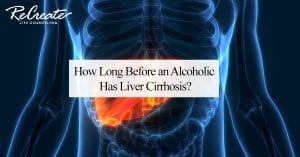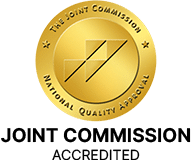
Tag: Alcoholism
Alcoholism is, broadly, any drinking of alcohol that results in significant mental or physical health problems.


Do Large Doses of Imodium Get You High?

Is Self-Reliance in Recovery Possible?

“Calvin Klein” Drug Craze




